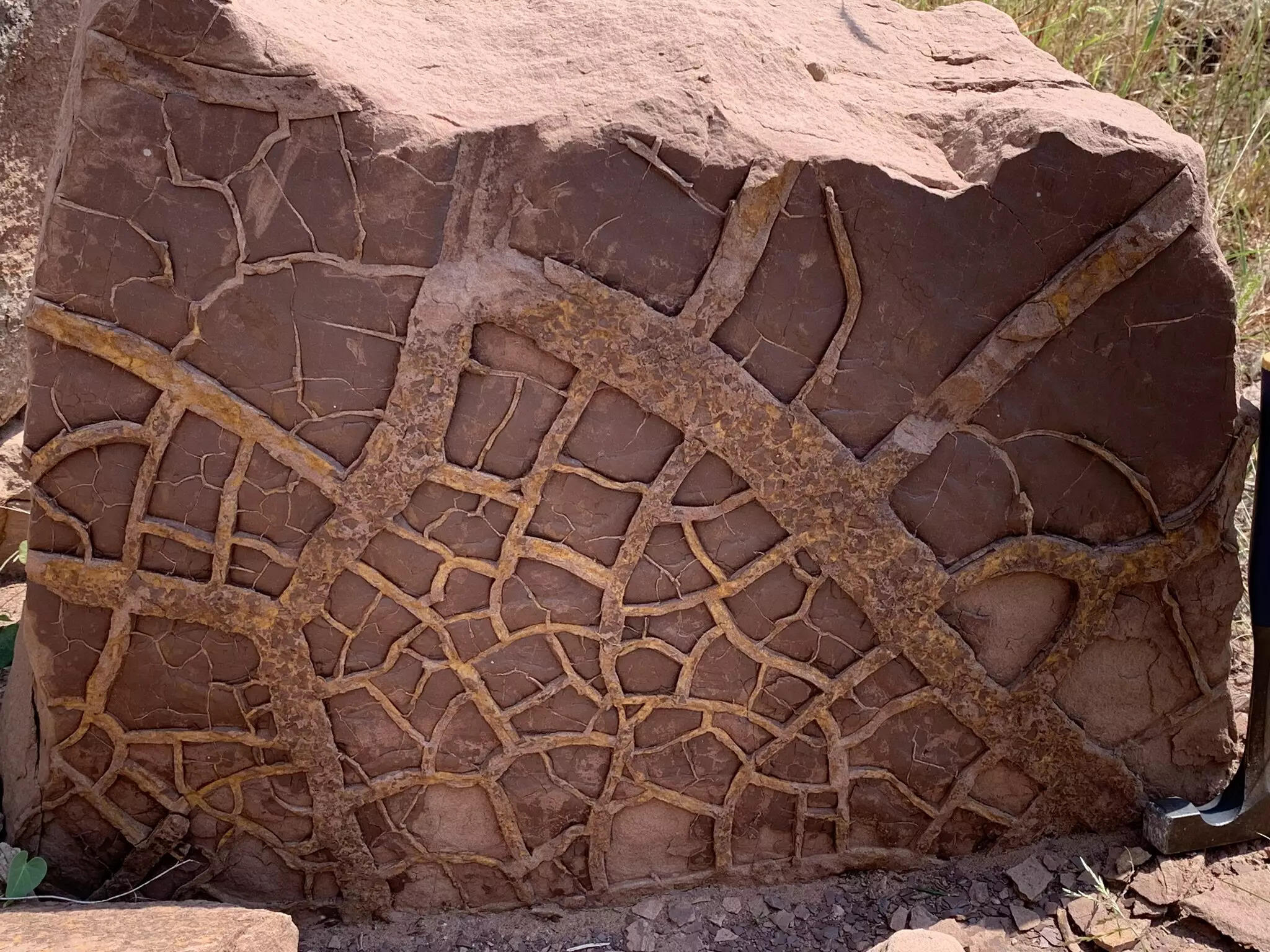The Permian-Triassic extinction event, which occurred roughly 252 million years ago, stands as the most significant and devastating extinction in the history of life on Earth. Recent research brings to light the critical role that intense and prolonged El Niño events played in this ecological crisis, revisiting our understanding of how climate dynamics can lead to profound biological consequences. This article delves into the findings of a collaborative study by the University of Bristol and the China University of Geosciences (Wuhan), examining how extreme climate fluctuation contributed to this ancient disaster.
Historically, the mass extinction has been closely linked to massive volcanic eruptions in what is now Siberia, which released carbon dioxide into the atmosphere. Initially, this perspective suggested that rampant greenhouse gas emissions alone were responsible for the rapid warming and subsequent ecological collapse. The emissions from these catastrophic eruptions created a greenhouse effect that escalated global temperatures and caused ocean stagnation, leading to a collapse in both marine and terrestrial ecosystems. While this explanation accounted for many changes in the environment, questions about why terrestrial life, notably plants and insects, suffered a similar fate remained unresolved.
Dr. Alexander Farnsworth, one of the co-authors of the recent study, indicated that climate warming wasn’t the sole reason for this extensive extinction. The study highlights an essential aspect of climate change: not only does it affect temperatures, but it also induces significant variability in weather patterns. This unpredictability creates extreme conditions that many organisms cannot withstand. The research suggests that increased greenhouse gases exacerbate weather extremes, transitioning climate from a stable state to one of volatility.
The researchers employed an analysis of oxygen isotopes found in the fossilized remains of ancient swimming organisms called conodonts. This analysis unveiled a dramatic collapse in temperature gradients, significantly diminishing the variety of habitats available for survival. This transformation led to homogenized temperature conditions across vast regions of the planet—an environmental uniformity that significantly constrained life’s adaptability. Farnsworth emphasized that species of the time were not equipped to adjust rapidly enough to the radically changing climate and its chaotic swings.
Central to the study is the revelation that “Mega-El Niño” events during the Permian-Triassic period were more intense and long-lasting than any recorded occurrence in the modern era. Today’s El Niño phenomena, while impactful, generally persist for only months at a time, leading to temporary weather changes such as droughts or floods. In contrast, during the Permian-Triassic extinction, the El Niño events lingered for years, ushering in catastrophic droughts and subsequent flooding that devastated ecosystems.
Dr. Paul Wignall, another co-author, argues that the resulting climatic conditions effectively created an environment where species struggled to find stabilizing conditions amidst relentless fluctuations. Consequently, it became increasingly challenging for most life forms to adapt and survive these severe climatic shifts.
As the research points out, the implications of these climatic upheavals extended beyond temperature increases alone. The team discovered a concerning link between prolonged drought and increased wildfires. Shrinking vegetation not only struggled to grow but also contributed to a decline in available food and habitat for many species. Professor David Bond’s insights reveal a dire narrative of Earth engulfed in flames and oceans rendered inhospitable, making survival nearly impossible.
With the planet stuck in a cycle of wildfire and ecological stagnation, the phase-out of plant life exacerbated the extinction crisis. Without vegetation to absorb CO2, a critical mechanism for regulating atmospheric gases ceased, further compounding the disaster initiated by volcanic eruptions and climatic collapse.
Examining historical mass extinctions allows modern scientists to glean insights into Earth’s biological resilience and vulnerability. While the scale of the Permian-Triassic event remains unparalleled, the findings underscore a crucial lesson: coping with rapid climate fluctuations can be as destructive as enduring sustained high temperatures.
The Permian-Triassic mass extinction paved the way for the rise of new species, including dinosaurs, making it a pivotal moment in evolutionary history. Understanding these past events is essential for grasping the dynamics of life on Earth and the potential consequences of contemporary climate change. As Dr. Farnsworth poignantly reminds us, the cycles of mass extinction are not merely endpoints but transitions, resetting the course of life, evolution, and the emergence of new forms of biodiversity. Thus, while the past reveals patterns of devastation, it also speaks to the resilience and continuity of life across eons on our planet.

